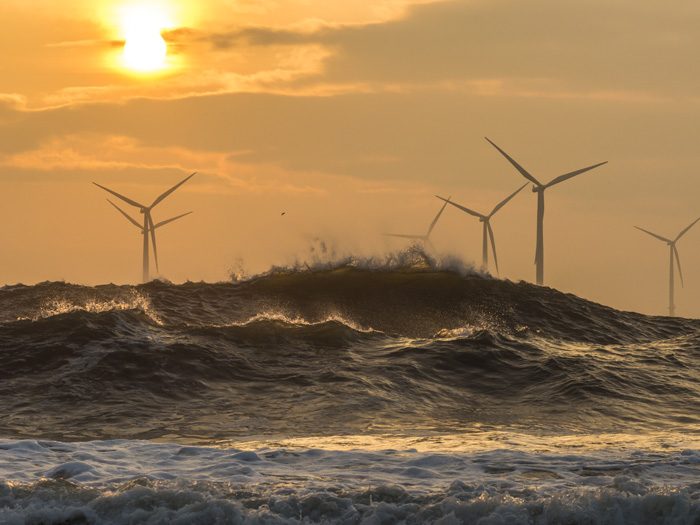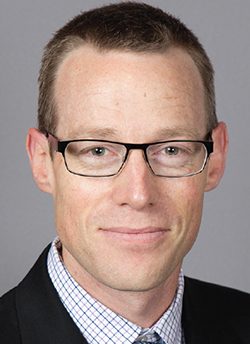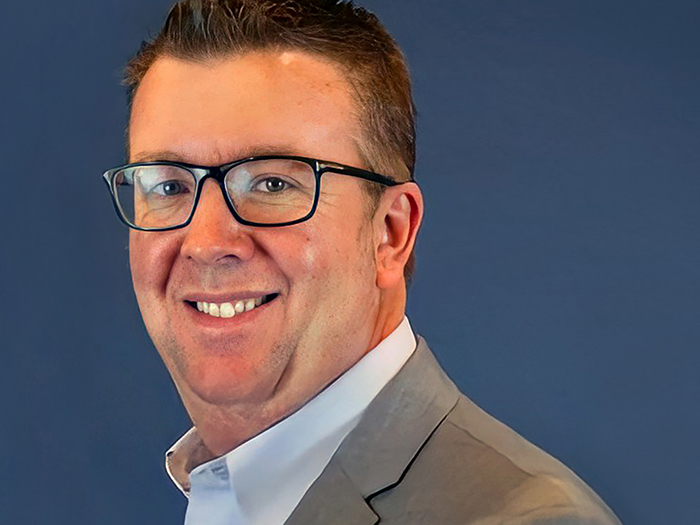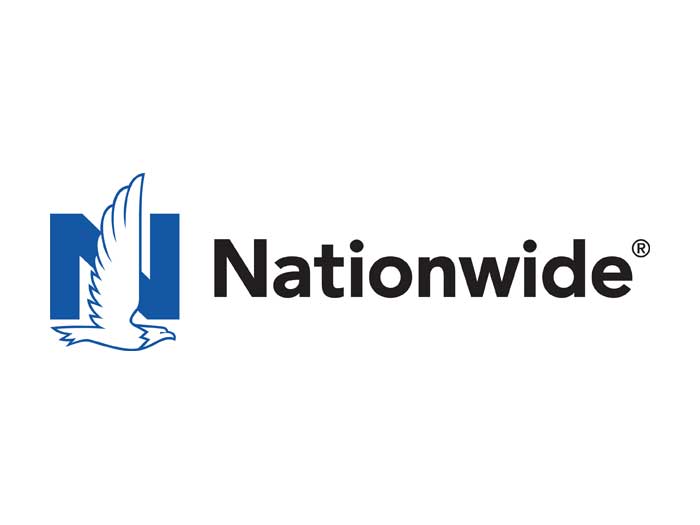How Underwriters Who Thought They Were Going to Make Money in Alternative Energy Are Getting Educated

Four or five years back, maybe more, a host of insurers were keen to get into the alternative energy space. The risks were seen as relatively benign, capacity was ample and rates were low.
Capacity is still there, but a lot else has changed.
The windstorms that ravaged the Caribbean in late 2017 and 2018 produced staggering losses. In one instance, Hurricane Maria obliterated an entire onshore wind farm in Puerto Rico.
As Hurricane Florence flooding raged in North Carolina, insurers found to their dismay that they backed millions in insured values in solar installations; they paid heavily.
“What we actually found out, to the industry’s cost and peril, is that solar, whilst it performs relatively well from an internal breakdown perspective, performs terribly with regards to its ability to withstand external perils,” said Fraser McLachlan, the CEO of alternative energy underwriter GCube, which has been in the alt. energy space for more than two decades.
“Millions and millions were lost in the insurance markets from solar projects in Puerto Rico, the Dominican Republic and other parts of the Caribbean,” McLachlan said.
“So, there is a big shift at the moment, with regards to how the insurance market is viewing solar risks.”
The Troubles With Wind
Wind farms, both on and offshore, are also seeing problems.
The sheer size of onshore wind turbines, with machines reaching five, six or even seven megawatts in capacity, is also leading to greater severity when losses occur. Extreme storms are amplifying those losses.
“What we’re starting to see on the onshore wind side is not only a larger degree of claims, but we’re also starting to see the severity increase, because the technology has gotten so much bigger,” McLachlan said.
Offshore wind, McLachlan said, is seeing its own issues, with engineering and installation shortcomings leading to cable failures.
In some cases, contractors under pressure to deliver cables and install them are installing damaged cables. In other cases, tides and wave activity are damaging the cable connections.
“We are seeing projects that are built in shallow water, where you’ve got tide action, where you’ve got wave action which are actually causing the cables to move,” he said.
Questions about workmanship in some solar installations are also surfacing.
McLachlan said locking nuts and a more robust frame structure can be the difference between a solar installation surviving a wind storm or being decimated. Some contractors, though, skip best practices in installations.
Alternative Energy Is Changing
Due to a variety of factors, then, the alternative energy insurance market is turning.
“The market has been soft and the deductibles have been nowhere near what’s needed to actually make any kind of dent in people’s numbers,” McLachlan said.
Marc Toy, a senior vice president with Beecher Carlson, agreed that the market is changing and something that was once an easier placement for brokers now requires much more finesse. The financing of wind and solar projects has gotten much more complicated.
“A lot of the insurance requirements had been drafted around a very soft insurance market, which means super low deductibles and capped Nat CAT deductibles,” Toy said.
“You just have to be better. You have to be at the top of your game for each and every renewal and you have to hit it early, early, early.” — Marc Toy, a senior vice president with Beecher Carlson
With some traditional energy insurers now displaying a taste for alternate energy, their more traditional approach to deductibles is having an impact.
“The traditional energy market wouldn’t want to have any maximum, and I think what we’re starting to find out is that the real challenge is trying to comply with those super low deductibles,” Toy said.
In dealing with lenders, Toy said insureds who are still trying to put a program together with low deductibles are having to go through a waiver process to get the lender to agree to those terms.
“We knew that the super-soft market wasn’t always going to be around. Super low rates, super low deductibles, those were going to go away at some point,” he said.
“Whenever we negotiate a contract with a lender or equity partner, we always push for allowing flexibility in the deductible structure and the limits for flood, earthquake and windstorm.”
Toy agreed that the days of the easy placement for brokers of alternative energy insurance are over, for now, anyway.
“Clearly, the goal now is to have a good strategy for the renewal,” he said. “You’ve got to get to those clients early on, educate them about the markets and the underwriters.
“You’ve got to be able to explain losses. You’ve got to figure out what you are doing to mitigate loss around flood, earthquake and windstorm,” he said. “You just have to be better. You have to be at the top of your game for each and every renewal and to hit it early, early, early.”
It’s Not Just Property, Either
Excess casualty writers took losses in the wildfires, some blamed on sketchy power line risk management, that scorched California last year.
“We’re seeing some constriction in the availability of wildfire liability coverage. Reinsurers have been hit. They don’t traditionally get hit, but now some power generation liability insurers are saying,’You know what, we have got to either limit our exposure to California fire, or we’re going to have to attach a wildfire liability exclusion to the umbrella or the excess layers,” Toy said.
“I guess the key takeaway is, ‘Is there a change in the market?’ — Absolutely,” said Toy, who earned his stripes as a 2019 Power Broker®.
“It’s requiring brokers to be really smart about how they’re accessing the market and accessing different parts of the market, going to new and different capacity.
“Before, you didn’t have to be a really good broker to get a good deal. But now you have to be diligent and know the space. You have to have access to those insurers that you didn’t use frequently, traditional energy insurers, who may have walked away from renewals because there was so much competition out there, but now they’re coming back,” Toy said.
“A few years ago people were desperate to get into the renewable energy space and were jumping in feet first and trying to write as much as possible,” McLachlan added.
“Now what we’re seeing in the renewable energy space is people actually realizing what a high frequency proposition this actually is. We start to see the market either retrench totally or very much cut back their appetite for construction, for solar projects and for offshore wind as well,” he said. &












